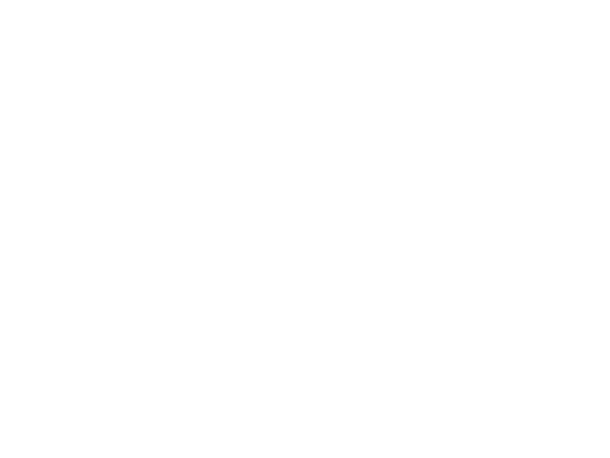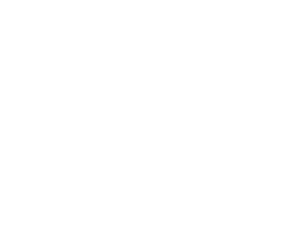 |
 |
 |

|
Kufic script with boat-shaped terminals
Linen tabby with silk tapestry
Egypt, mid-11th century
978.76.170 Abemayor Collection, Gift of Albert and Federico Friedberg
The letters of the inscription (illegible) are contracted to make space for the trellis pattern in the background. Below the inscription line are what appear to be extensions of the Arabic letters that descend, but they seem to have been whimsically transformed into Nilotic boats with prows extending to the right.
|
|
 |
ROYAL ONTARIO MUSEUM
Cairo Under Wraps: Early Islamic Textiles
21/6/2014-25/1/2015
Almost 80 precious Early Islamic textiles dating from the 7th to 14th centuries – including rare examples of clothing – are featured in this original exhibition of ROM material. The decoration on these textiles mainly consists of Arabic inscriptions, often invoking Allah and naming the ruler. Many of these items were intended for the royal household. Some of the earliest pieces were collected by C.T. Currelly, the founding director of the Royal Ontario Museum, and are thus especially appropriate to show in our centennial year. Complementary material in other media (ceramics, glass, metalwork, coins, etc.) has been selected from the ROM’s collection of Islamic art.
|

|
Posted 10 October 2014
|
Share this:
|
|
Cairo Under Wraps: Early Islamic Textiles, a Centennial exhibition opening at the Royal Ontario Museum (ROM) on June 21, 2014, highlights the ROM’s collection of early Islamic textiles, dating largely from the 8th to 12th centuries. More than half of the exhibition’s approximately 80 fabrics are on public display for the first time and many of the oldest were collected by C.T. Currelly, the ROM`s founding director. These rare, delicate objects are displayed alongside ceramics, glass, metalwork and coins from the ROM’s permanent collection of Islamic art.
|
|
|
|
|
|
|

Qasab fragment with ducks and parrots
Gauzy linen tabby with silk and gold tapestry
Egypt
Mid-11th century
980.78.111.A Wilkinson Collection, Gift of Albert and
Federico Friedberg
This very sheer green linen tabby has three tapestry woven bands with gold decoration. The roundels in two of the bands contain ducks alternating in direction while the third band has large parrots standing on vines. The inscription, which floats in the gold ground above and below the ducks, is illegible.
|
|
|
|

|

|

|

Monumental tiraz inscription
Gauzy linen tabby with silk tapestry
Egypt, 952–976
963.95.5
This inscription begins with the Basmala (In the name of God, the Merciful, the Compassionate) and the first words of the title of the Fatimid Caliph, al-Mu‘izz (952–976). The kufic letters have terminals resembling leaves and tendrils. Letters which normally form an arc below the baseline are carried upward, taking the shape of a swan’s neck (the nun at the end of the word, al-rahman).
Inscription: Bismi [llah] al-rahman al-rahim Ma‘add Abu [Tamim ...]
|
|
Cairo Under Wraps looks at Islam’s early history and culture through textiles from the first six centuries of Muslim rule. The exhibition illustrates that while earlier civilizations used human figures to convey religious and political messages, Islam used Arabic script as a means of communication and as a primary symbol of the new religious faith. On display are “tiraz” textiles, some of which recorded historical information such as a ruler’s name, date, and place of manufacture. Others conveyed simple expressions of religious faith or simulated Arabic script for decorative purposes.
|
|
|
|
|
|
Exhibition highlights include a rare linen tabby fragment decorated with in-woven silk and gold tapestry bands. Likely the end of a turban cloth, the rope-like design running through the decorative band was highly popular in Egypt inthe 12th century. Other notable objects include a linen tabby with silk tapestry decoration dating to mid-11th century Egypt that features Arabic letters transformed into Nilotic boats, and a stonepaste bowl from late-11th century western Syria decorated with a seated musician dressed in a garment with tiraz bands.
|
|
|
|
|
|
|


